Anyone traveling towards the Gaslands above and below the Passyunk Avenue bridge may notice a small set of rowhouses set between a whole slew of industrial sites. This forgotten neighborhood has stood isolated from the rest of the residential parts of the city for its entire 150+ year existence and it has a name– Wrightsville.
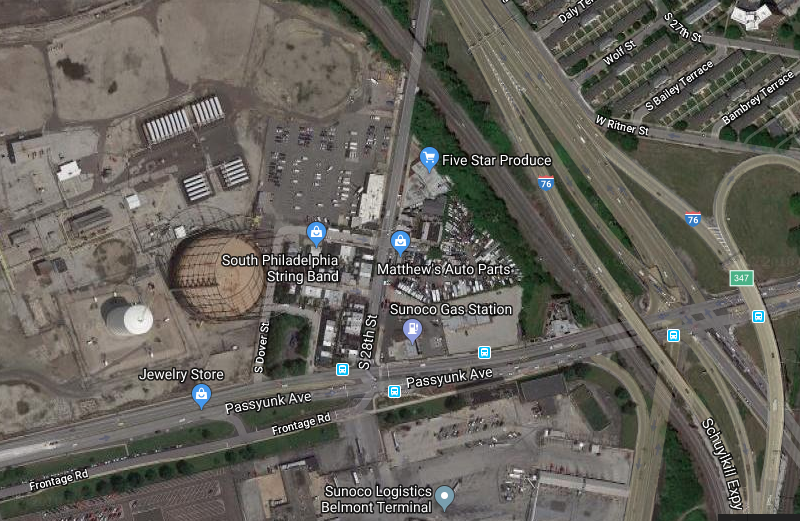
In the 1860s and 70s, oil refineries started popping up along the east side of a curve of the Schuylkill River that people called “Point Breeze”. The Atlantic Refining Company and Point Breeze Oil Works dominated the area. The refineries were a massive employment magnet for immigrants arriving to the city but were very far from any existing housing– to get there from the developed part of the city, one had to travel about a mile through the wilderness on Long Lane– later re-named Point Breeze Avenue. Some of the workers who were obviously pretty tired of this began to build shanty towns on undeveloped land near the center of what had been Passyunk Township before the consolidation of 1854. This location had the old township’s schoolhouse, hotel, police station, and saloons.
One of these shantytowns was built just south of that old town center, along a newly-platted path of Passyunk Avenue and part of the street grid that had been planned, but not yet built, in the same location. By the 1880s, this settlement, named Wrightsville after original landowner Ernest N. Wright, was known as a place of squalor. Though by this point, brick rowhouses had been built by the partnership that owned the land, these absentee landlords didn’t even notice that no one paid them any rent. Basic municipal services did not reach the homes and stray pigs were considered a constant nuisance.
In 1884, Cornelia Hancock came to Wrightsville. Hancock, made famous as the “American Florence Nightingale” during the Civil War, spent her post-war life as a philanthropist and reformer. After visiting London and observing programs to aid poor communities, she targeted Wrightsville as a place that could be reformed into a stable community.
She teamed up with Edith Wright Gifford, descendent of the namesake of Wrightsvillle, who arranged to lease the land from the absentee owners (one of which was her father), acquire ownership of the individual houses, and create a new social housing program called the “Wrightville Housing Experiment”. Homes were kept in repair and city services were extended into the area. Though a new school building was built in 1879, the old one sat vacant. Cornelia Hancock turned it into a library and clubhouse. Partnering with the nearby gas companies, Hancock arranged for a savings bank and got them to donate land to create a new park called Wrightsville Playground.
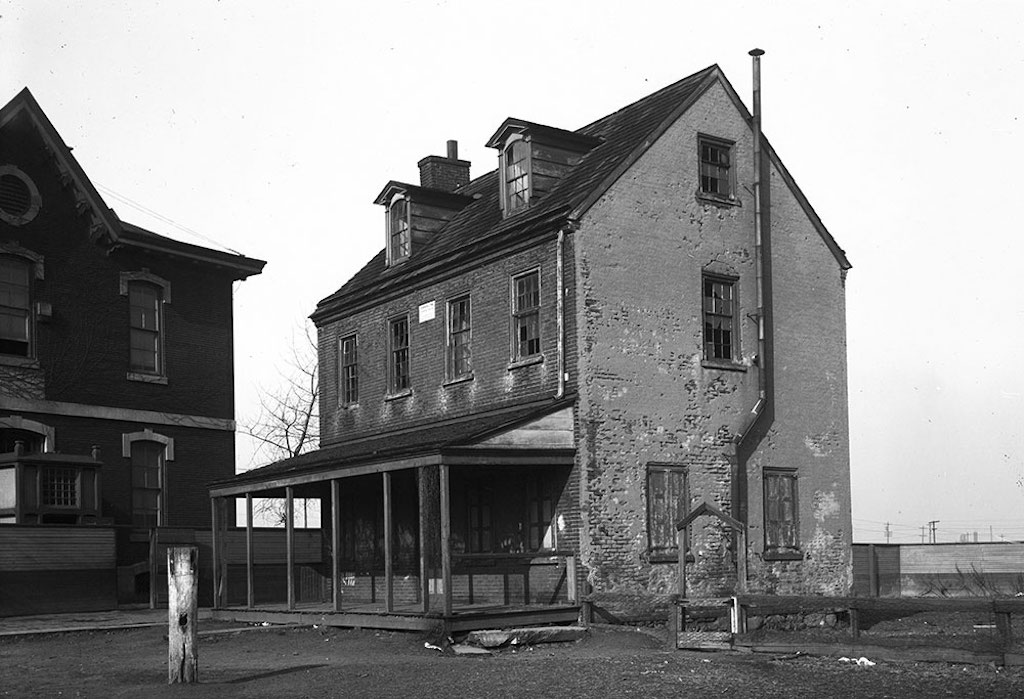
The program ended up a great success. By the time that Cordelia Hancock retired to Atlantic City in 1914, all of the homes in Wrightsville were owned by their respective occupants. Two other former shantytowns to the north also benefited from the improvements made to serve Wrightsville.
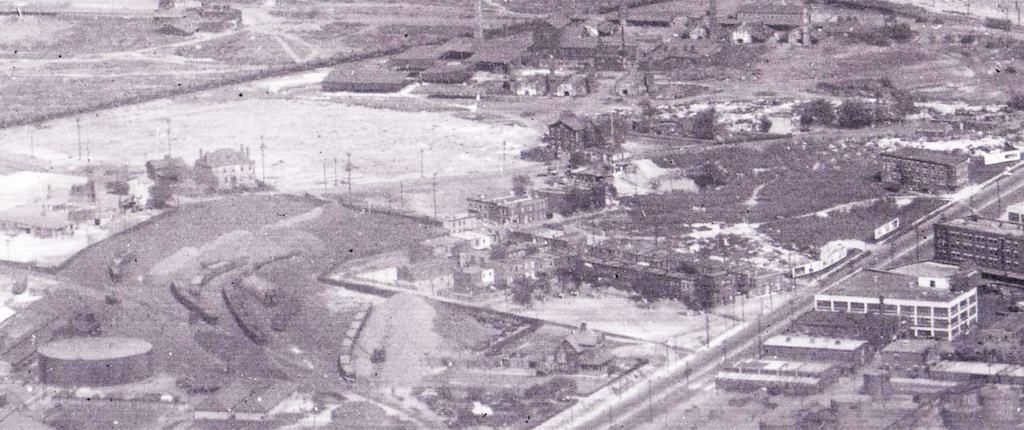
In the 1920s, the Baltimore & Ohio Railroad’s Delaware Branch was built straight through the old Passyunk Township town center, wiping out the school, library, bank, settlement house, one of the former shantytowns, and various still-extant 18th Century structures being used as amenities for Wrightsville. By this point, the three former shantytowns were populated by Slovakian immigrants. After Vare Avenue came along 15 years later and wiped out whatever was left, it separated Wrightsville from the neighborhood immediately to the north bounded by 28th, 29th, Snyder, and Jackson. That enclave, which also still stands, became known to residents as the Buddy and was called the politically-incorrect name of Polacktown by outsiders, even though no Polish people lived there.
The former sunday school property in Wrightsville became the Slovakian-American Progressive Association by the 1940s. Things began to really decline in the neighborhood in the mid-20th Century, once more housing had been built much closer to the gaslands. By the start of the 1950s, Wrightsville Playground was eliminated and replaced with a small Vocational Training School and the Wrightsville name fell into obscurity.
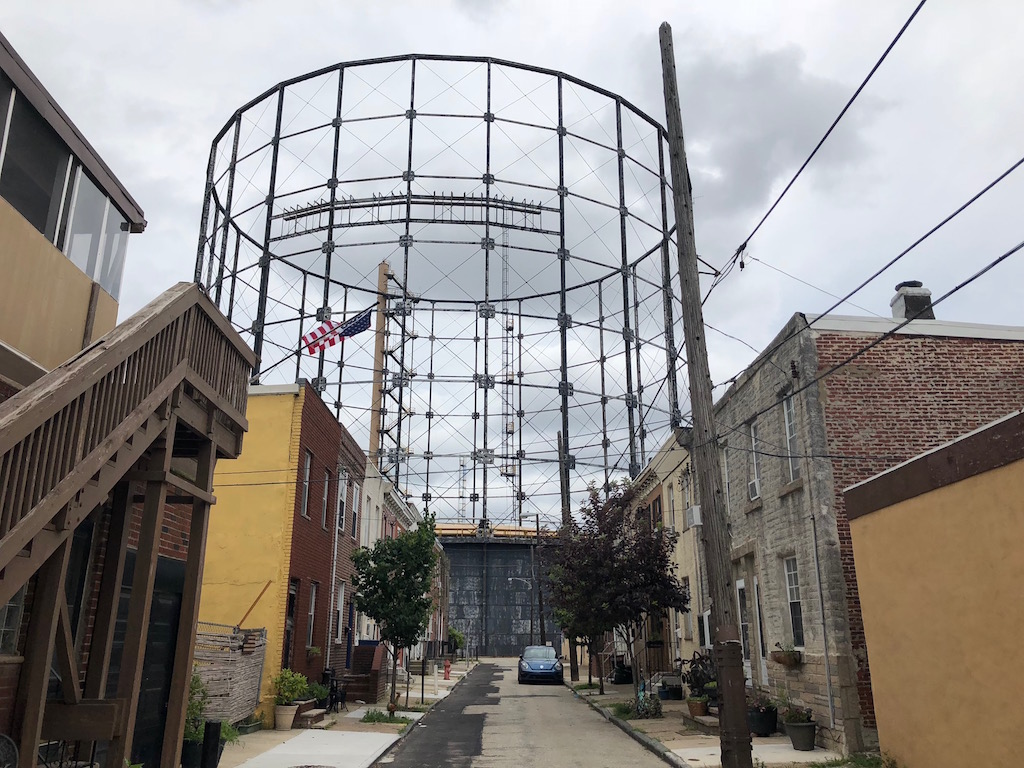

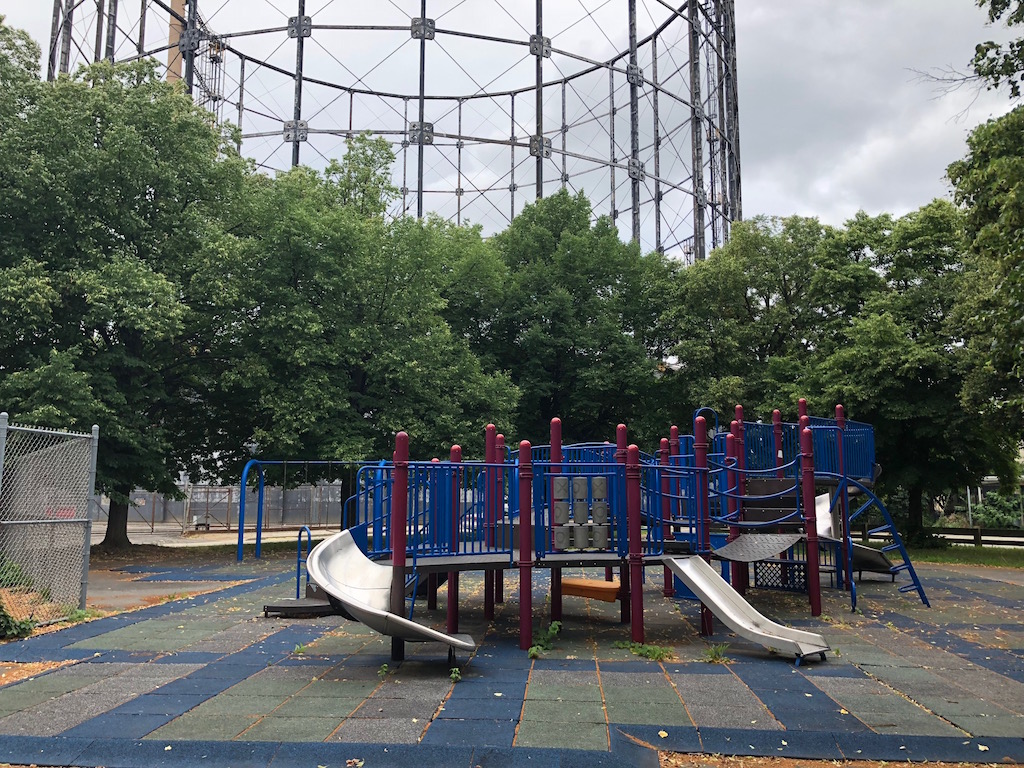
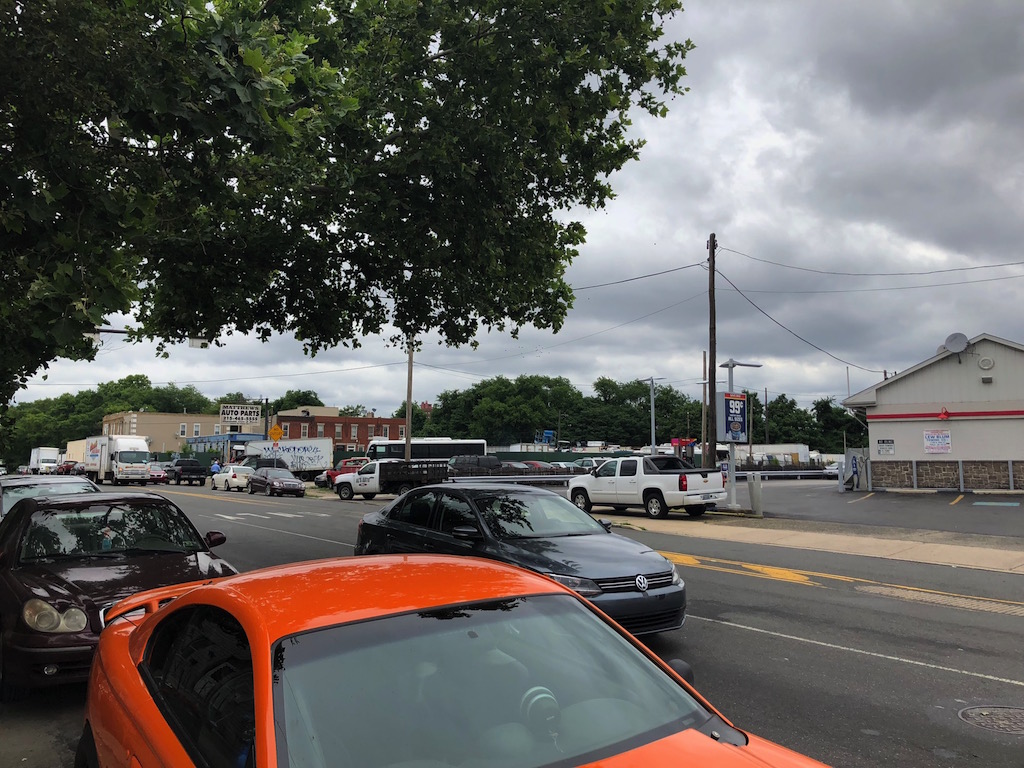
Today, the former Wrightsville is just known as “those houses by Passyunk Avenue in between the Gaslands and other industrial stuff.” Wrightsville Playground was restored in the 1970s as 29th & Passyunk Playground, and was redone again in 2005. And the former Slovakian-American Progressive Association is now Donaghy Hall of the South Philadelphia String Band, the mummers New Year’s Association that won this year’s championship. The homes in the former Wrightsville all appear to be occupied and pretty well maintained, though the surrounding area is anything but ideal.
— Dennis Carlisle
